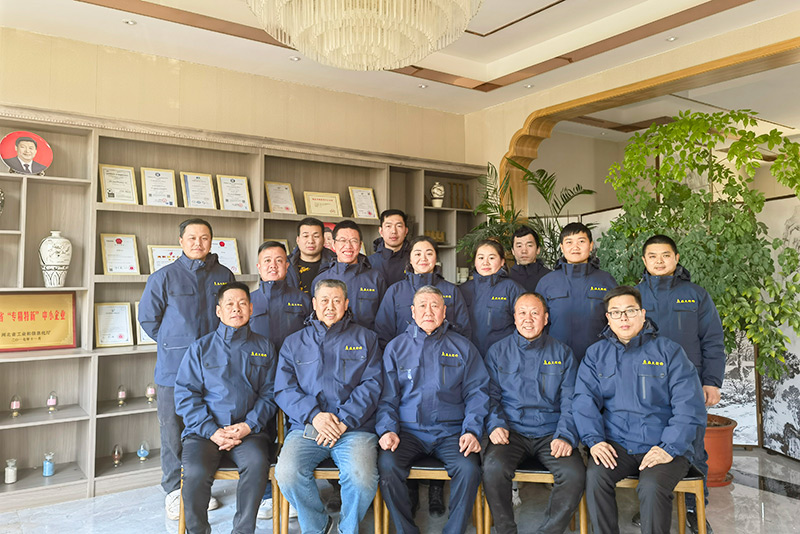 Labor and production costs also contribute to the overall expense
Labor and production costs also contribute to the overall expense
Labor and production costs also contribute to the overall expense
Labor and production costs also contribute to the overall expense is sand casting expensive. Sand casting involves several steps, from creating the pattern, molding, casting, and finishing. Skilled labor is needed for each stage, and the time and effort invested affect the final cost.
Moreover, the quality requirements influence the cost. Higher precision and tolerances demand more advanced equipment and processes, which can be costly. Quality control measures, such as non-destructive testing, add to the expenses but ensure the integrity of the final product.
Lastly, the type of sand casting method used—green sand, dry sand, or no-bake—can impact the cost. Each method has its advantages and disadvantages, with some being more suitable for specific applications and having different associated costs.
In conclusion, whether sand casting is expensive or not depends on the specific project's requirements. It can be a cost-effective solution for mass-producing relatively simple components using less expensive materials. However, for complex designs, high-precision parts, or premium metals, the cost may rise significantly. A thorough evaluation of these factors is necessary to determine the true cost-effectiveness of sand casting for any given project.
Post time:Jun . 22, 2024 00:38
is sand casting expensive. Sand casting involves several steps, from creating the pattern, molding, casting, and finishing. Skilled labor is needed for each stage, and the time and effort invested affect the final cost.
Moreover, the quality requirements influence the cost. Higher precision and tolerances demand more advanced equipment and processes, which can be costly. Quality control measures, such as non-destructive testing, add to the expenses but ensure the integrity of the final product.
Lastly, the type of sand casting method used—green sand, dry sand, or no-bake—can impact the cost. Each method has its advantages and disadvantages, with some being more suitable for specific applications and having different associated costs.
In conclusion, whether sand casting is expensive or not depends on the specific project's requirements. It can be a cost-effective solution for mass-producing relatively simple components using less expensive materials. However, for complex designs, high-precision parts, or premium metals, the cost may rise significantly. A thorough evaluation of these factors is necessary to determine the true cost-effectiveness of sand casting for any given project.
Post time:Jun . 22, 2024 00:38
Next:Uniquely Crafted Sand Castings Innovative Artistry in Metallurgy
